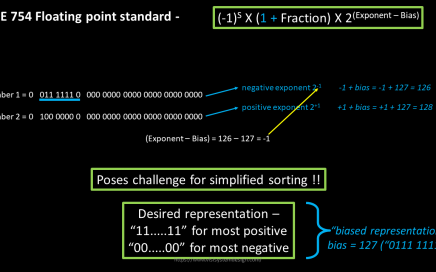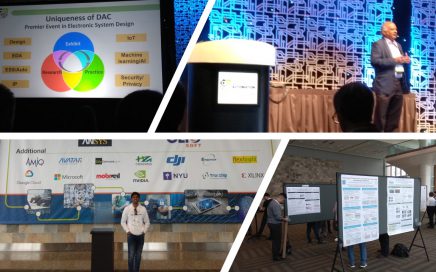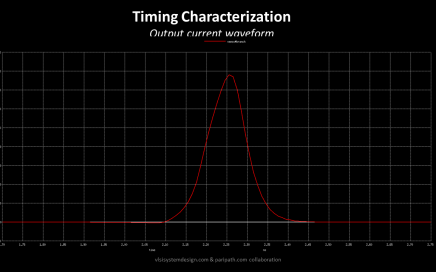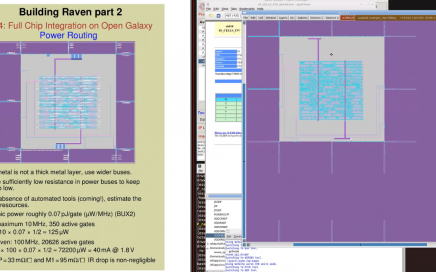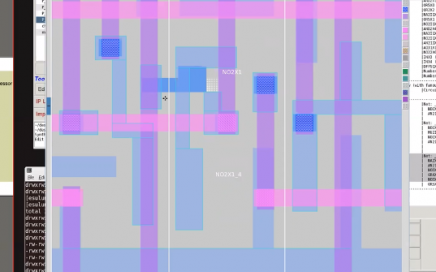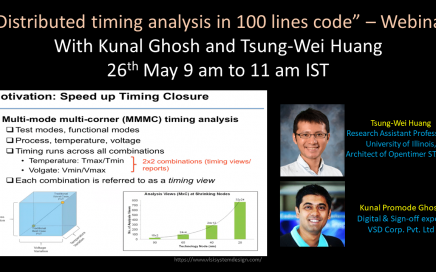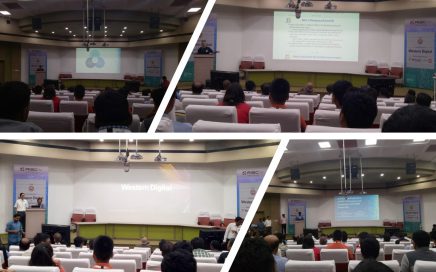
RISC-V Workshop @IIT Madras – Day 1
A keynote from Rick O’ Connor, executive director, RISC-V foundation, and we remember this to core of our heart, because of the below statement he made – “RISC-v is present in 27 countries and can be used by 57 % of population of World soon” That’s the spread of open-source ISA

